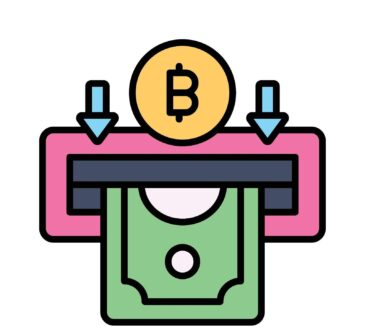
As cryptocurrency continues to gain traction as a viable investment alternative, many individuals are eager to explore the immense potential it offers. However, the allure of digital currencies is accompanied by a plethora of risks, particularly for newcomers who may be unfamiliar with the intricacies of trading. This beginner’s guide aims to equip aspiring traders with essential knowledge and practical strategies for navigating crypto trading platforms safely. From understanding basic terminologies to recognizing common pitfalls, this comprehensive overview will empower you to make informed decisions while minimizing potential risks. We will delve into critical aspects such as choosing a reputable trading platform, implementing robust security measures, and understanding market dynamics. By prioritizing safety and due diligence, you can confidently embark on your crypto trading journey, ensuring that your investments are not only profitable but also secure. Whether you are looking to dabble in small transactions or are considering larger investments, adopting a careful and informed approach is vital. Join us as we explore the foundational steps necessary to protect your assets and maximize your trading experience in the fast-evolving world of cryptocurrencies.
Understanding Your Crypto Trading Platform Security Features
When engaging with a crypto trading platform, prioritizing security features is essential for safeguarding your assets. Look for platforms that employ two-factor authentication (2FA), which adds an additional layer of protection by requiring a second form of verification beyond just your password. This could include a code sent to your mobile device or an authentication app. Additionally, ensure that the platform uses strong encryption protocols to protect your sensitive data and transactions from potential cyber threats.
Another crucial aspect to consider is the platform’s withdrawal protocols. Many reputable crypto trading platforms implement withdrawal whitelists, allowing users to specify only certain wallet addresses to which funds can be withdrawn. This feature helps mitigate the risk of unauthorized access, as even if an account is compromised, your assets remain secure in whitelisted addresses. Furthermore, researching the platform’s incident history can provide insights into their responsiveness to previous security breaches and their commitment to user protection.
Setting Up Two-Factor Authentication for Safety
To activate two-factor authentication on a crypto trading platform, users typically need to navigate to the security settings section of their account. Once there, they will often be prompted to choose a preferred method of receiving verification codes, such as through SMS or an authenticator app. Using an authenticator app is generally recommended, as it generates time-sensitive codes that are harder for potential attackers to intercept. After selecting the method, users will receive a unique code to confirm the setup, ensuring that only authorized devices can access the account moving forward.
After enabling 2FA, it is crucial to keep backup codes provided during the setup process in a safe place. These codes serve as a vital recovery option in case you lose access to your primary device. Regularly reviewing and updating your security settings on the crypto trading platform can further enhance your account’s safety, making it more resilient against unauthorized access or potential breaches. Taking these steps ensures that your digital assets are better protected, providing peace of mind as you navigate the complexities of cryptocurrency trading.
Best Practices for Safe Trading Transactions
Engaging in secure transactions on a crypto trading platform necessitates a thorough understanding of the platform’s features and adhering to vigilant practices. It is imperative to conduct trades only on reputable platforms with robust security measures, including encryption and regulatory compliance. Before executing any transactions, users should verify the authenticity of the platform by checking for reviews, security audits, and operational transparency. Additionally, enabling features such as withdrawal whitelists can restrict fund transfers to pre-approved addresses, thereby adding an extra layer of security.
Furthermore, maintaining a clear record of all transactions and monitoring account activity regularly can help detect any unusual or unauthorized actions promptly. Users should also consider diversifying their holdings across multiple exchanges and wallets to minimize risk exposure. By staying informed about potential market fluctuations and security vulnerabilities, traders can make informed decisions that enhance their safety while navigating the complexities of the crypto landscape.
In conclusion, navigating the world of cryptocurrency trading requires a careful approach and informed decision-making. By understanding the key principles outlined in this guide—such as selecting reputable platforms, implementing robust security measures, and maintaining a disciplined trading strategy—beginners can significantly reduce their risks and enhance their trading experience. As the crypto landscape continues to evolve, staying educated and vigilant will be essential to not only protect your investments but also to capitalize on the opportunities this dynamic market presents. Remember, informed traders are empowered traders, and with the right tools and knowledge, you can engage in crypto trading with confidence and safety.




